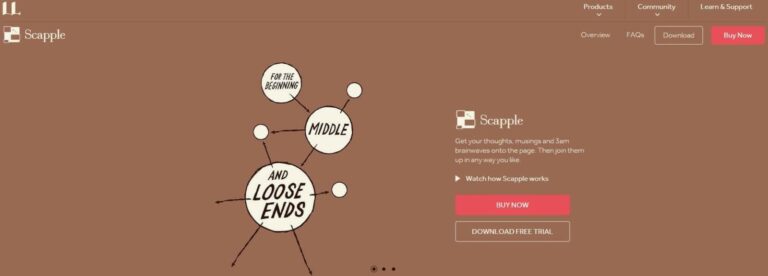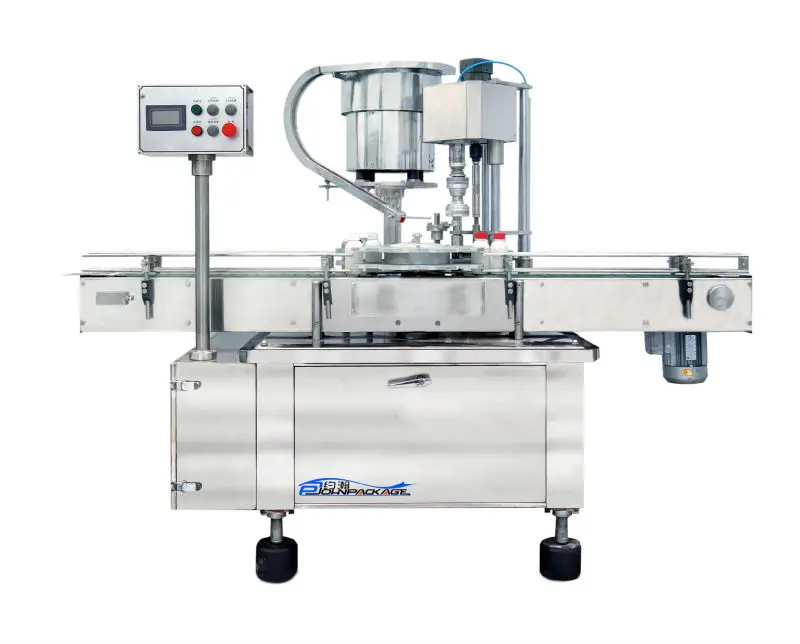
- #Scapple customization how to#
- #Scapple customization manual#
- #Scapple customization software#
- #Scapple customization free#
Once all thoughts, notes and ideas have been recorded they need to be organized. The beauty of Scapple is that you can adjust it to your way of working.

Personally, I never work straight through, but here and there I add my thoughts and ideas until I have expanded on all of the original thoughts. In my case, I am using this tutorial and a proposed workflow for Alfred as examples. Adding ExamplesĪdding examples to the notes is also useful. As you think add more notes as appropriate.
#Scapple customization how to#
Look over the main ideas that you have recorded and think about how to flesh them out with more information. Aim to get all of your thoughts into Scapple first and consider organization later. You may wish to organize as you write but it's not necessary. Think about the main ideas that you want to present and create notes for each of them. In my example, above, I started with Scapple. To add a note double-click anywhere on the background and start typing. Begin with the title or subject matter to be discussed.


#Scapple customization manual#
Although Im currently writing a full manual for it, the QuickStart Guide a little further down should contain everything you need to dig in and get using Scapple.When an idea hits you, it’s never in an organized way. Most importantly, because its purpose is to allow you to get ideas down and make connections between them quickly, Scapple is dead simple to use. Creating and removing connections is as easy as dragging one note onto another.
#Scapple customization free#
Instead, you are free to write anywhere on the virtual paper and individual notes can be a short or as long as you like. Where Scapple is slightly different from most is that it doesnt force you to make any connections, and it doesnt expect you to start out with one central idea and branch everything else off that.
#Scapple customization software#
Im well aware that theres already a plethora of mind-mapping software out there. The main advantage of doing this in Scapple instead of on paper is that you dont run out of paper (the Scapple canvas expands to fit as many notes as you want to create), you can move notes around to make room for new ideas and connections, its easy to delete and edit notes, and its easy to export your notes into other applications when you know what you want to do with them. Scapple is a tool for getting early ideas down as quickly as possible and making connections between them. (If I didnt hate the word brainstorming so much, Id probably call it brainstorming software.) When Im in the early stages of any project, whether thats a writing project or a software project, I tend to throw a bunch of ideas down on a big piece of paper, spacing out as-yet unrelated ideas, clustering related notes, and drawing connections between them, trying to work out how everything fits together. Is the software equivalent of how I work out my rough ideas on paper.


 0 kommentar(er)
0 kommentar(er)
